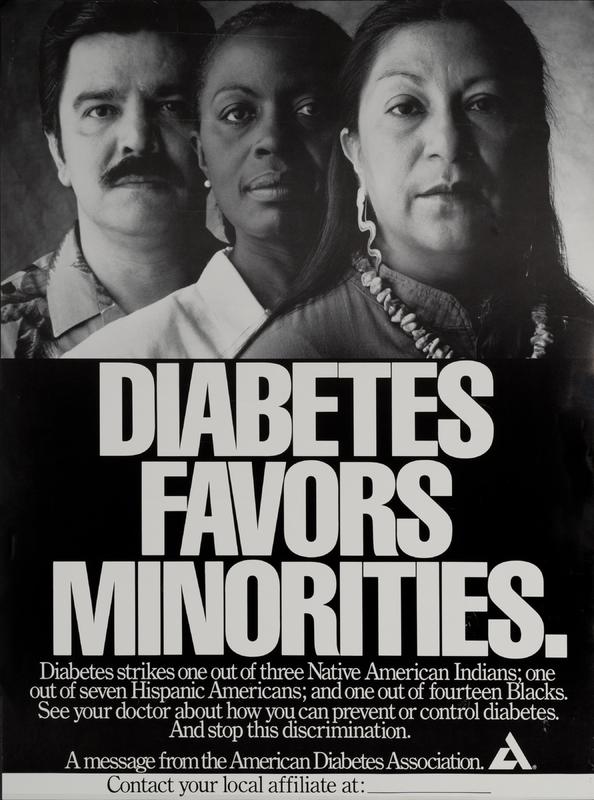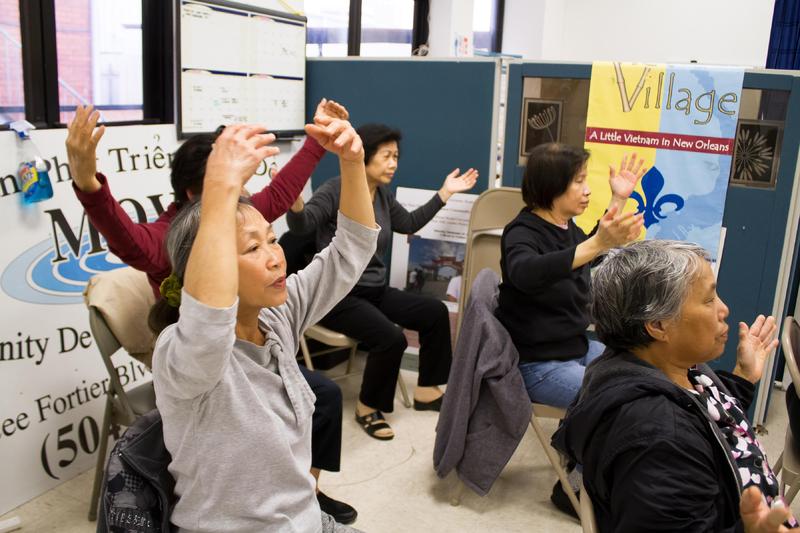Chronic Diseases
Type 2 Diabetes
From the 1950s to 2010, the United States witnessed a dramatic increase in type 2 diabetes—with minority communities disproportionately impacted. Less than 1% of the population had been diagnosed with diabetes in the 1950s, whereas in 2010 the rate was 8.3%.
Today approximately 26 million Americans over the age of 20 live with diabetes (11.3%), including 7 million not yet diagnosed with the disease. Aspects of the American lifestyle—unhealthy foods and physical inactivity–are powerful risk factors for this relatively new disease.
Biological explanations are only part of the story: the web of causation is thicker and wider, intertwined by historical, economic, environmental, and sociological roots. Diabetes has been linked to poverty, unemployment, low education levels, and geographic isolation. For example, many people most at risk for diabetes live in “food deserts,” where access to healthy foods is limited.
Preventing diabetes is more than just changing an individual’s behavior. In addition to addressing the root causes of the disease, we need to find culturally-specific solutions that speak to the needs and traditions of our communities.
A positive outcome in the aftermath of Hurricane Katrina’s devastation of the Vietnamese community in East New Orleans in 2005 was the establishment of a community development corporation. Addressing the lack of health services, MQVN-CDC opened a community-owned health center that provides comprehensive and preventive health care services for low-income, working, uninsured and underinsured families. Its DEVA (Diabetes Education in Vietnamese Americans) program trains lay health workers to assist in providing education about nutrition, physical activity, mental health, and community resources.
Further Reading
Walker, R. J., Williams, J. S., & Egede, L. E. (2016). Impact of Race/Ethnicity and Social Determinants of Health on Diabetes Outcomes. The American Journal of the Medical Sciences, 351(4), 366–373.
Graham G. Racial and Ethnic Differences in Acute Coronary Syndrome and Myocardial Infarction Within the United States: From Demographics to Outcomes. Clinical Cardiolology. 2016 May;39(5):299-306.
Krueger, P. M., & Reither, E. N. (2015). Mind the Gap: Race\Ethnic and Socioeconomic Disparities in Obesity. Current Diabetes Reports, 15(11), 95.
O’Connell, J. M., Wilson, C., Manson, S. M., & Acton, K. J. (2012). The Costs of Treating American Indian Adults With Diabetes Within the Indian Health Service. American Journal of Public Health, 102(2), 301–308.

